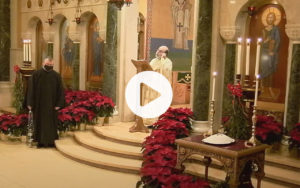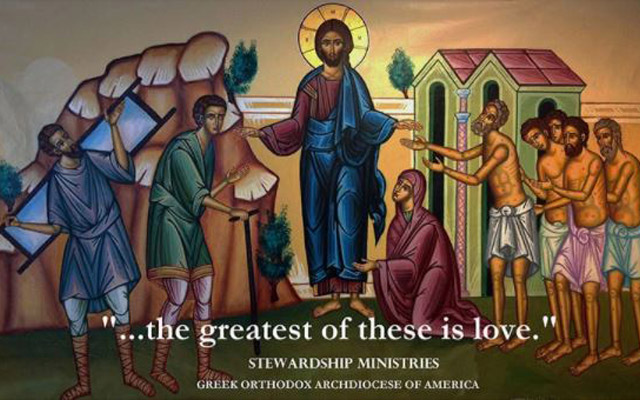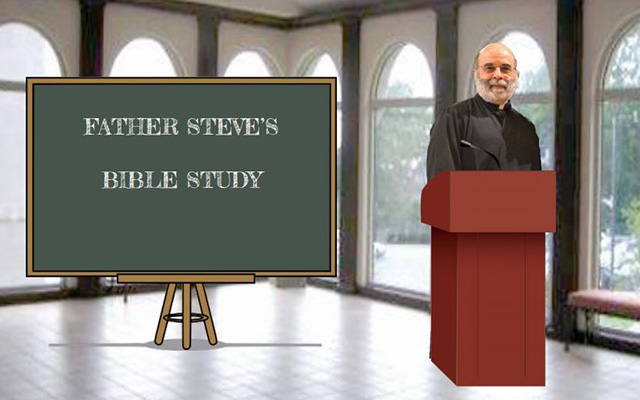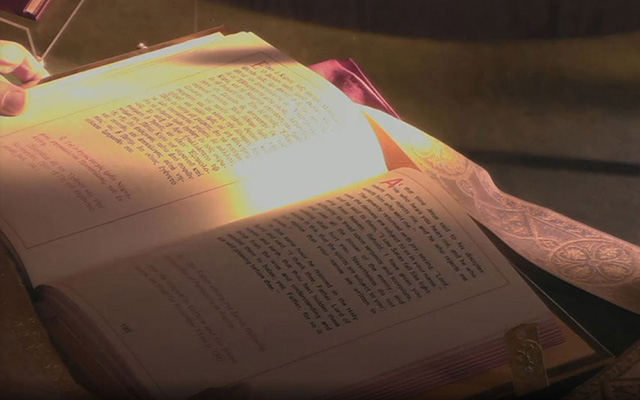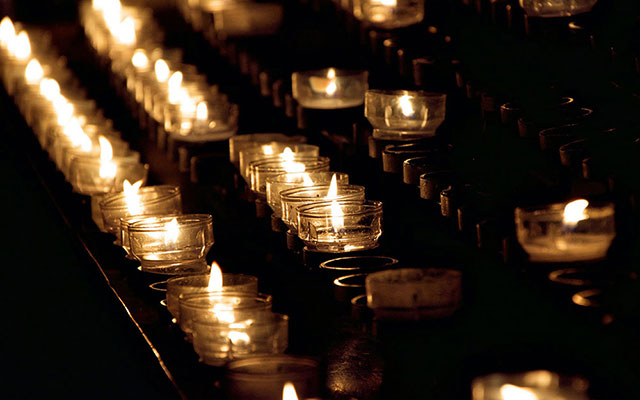Great Martyr Euphemia, Olga Equal-to-the-Apostles, New Martyr Nektarios
In 451, during the reign of the Sovereigns Marcian and Pulcheria, the Fourth Ecumenical Council was convoked in Chalcedon against Eutyches and those of like mind with him. After much debate, the Fathers who were the defenders of Orthodoxy, being 630 in number, agreed among themselves and with those who were of contrary mind, to write their respective definitions of faith in separate books, and to ask God to confirm the truth in this matter.


